'Star Trek: Discovery' Season 4, Episode 6 keeps the tempo up
The first Frakes-directed episode of this season goes old school with a little teleport trickery.
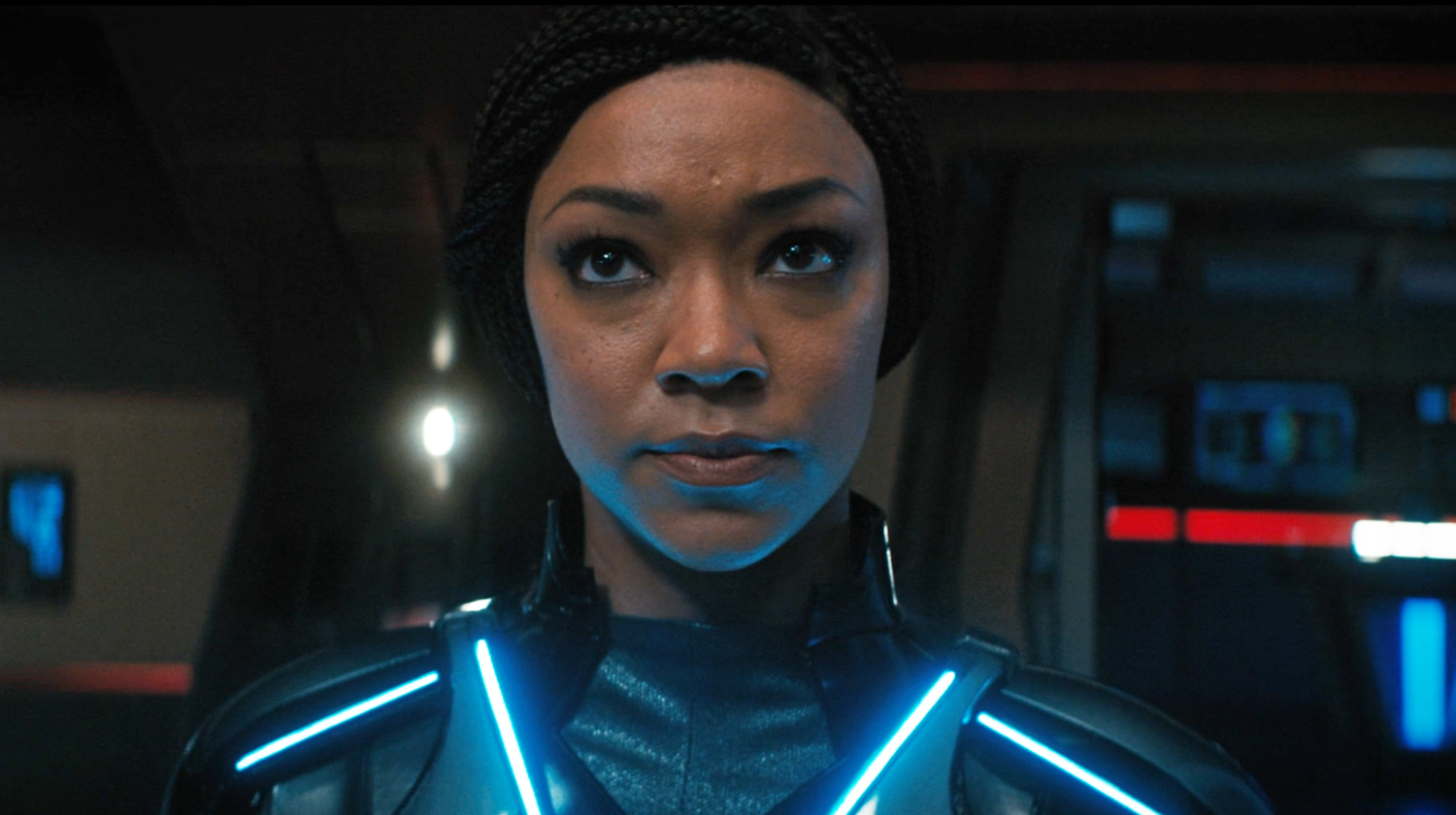
Warning: Spoilers ahead for "Star Trek: Discovery" Season 4, Episode 6
This latest episode more or less marks the halfway point in this fourth season of "Star Trek: Discovery" and it's hard to tell quite which direction it's going in. Episode 6, entitled "Stormy Weather" also marks the first installment in Season 4 that "Star Trek" alumni Jonathan Frakes has directed and it has his hallmark handprints all over it.
Following last week's episode — where the story pace was given an intravenous cocktail of high octane jet fuel, nitroglycerin and that disgusting-looking "wake-up juice" Doc Brown has to drink in "Back to The Future Part III" — the apogee of action and excitement continues and who better to take on that directorial challenge than an individual with as much experience as Mr. Frakes.
If the whole season had been as action-packed as this week's episode is, it would've been a different experience. Since an evenly paced seasonal story arc is out of the question, last week's episode did a lot of heavy lifting, by changing the nature of the dark matter anomaly, together with introducing some flamboyant tertiary characters and mashed potato. And aside from one contrived element to the story, this is probably the most entertaining episode so far and it presents some interesting directions that the story might take, certainly ones that are wide open for discussion.
We start with a nice link to last week's episode as Michael Burnham (Sonequa Martin-Green) creates her own family tree inspired by the lalogi orb Felix gave to Burnham at the end of "The Examples" (Season 4, Episode 5). It's a great 32nd-century product placement for Ancestry.com. We also learn that would've been Book's (David Ajala) father's birthday today, which sets up a nice sub-story later in the episode.
Much to everyone's excitement, Burnham announces that the Discovery is going to enter the subspace rift left behind by the DMA. Hopefully some careful analysis will provide some clues as the origin of the anomaly. Saru (Doug Jones) provides some helpful exposition in an extremely long Discovery corridor tracking shot and we learn that the ride into the rift will bumpy and slow. While their dialogue often lets them down, Burnham and Saru do make a very effective command team.
Frakes incorporates some simple-but-effective screen wipes to create an old-fashioned-style montage of excited crewmembers dropping whatever they're doing in their downtime to ready themselves for the imminent mission. It's the first of a few old-school elements that return in this episode and that's great, but therein lies the main problem with "Discovery," every episode really feels totally different; there's very little continuity, if any, between presentation styles and content.
Get the Space.com Newsletter
Breaking space news, the latest updates on rocket launches, skywatching events and more!
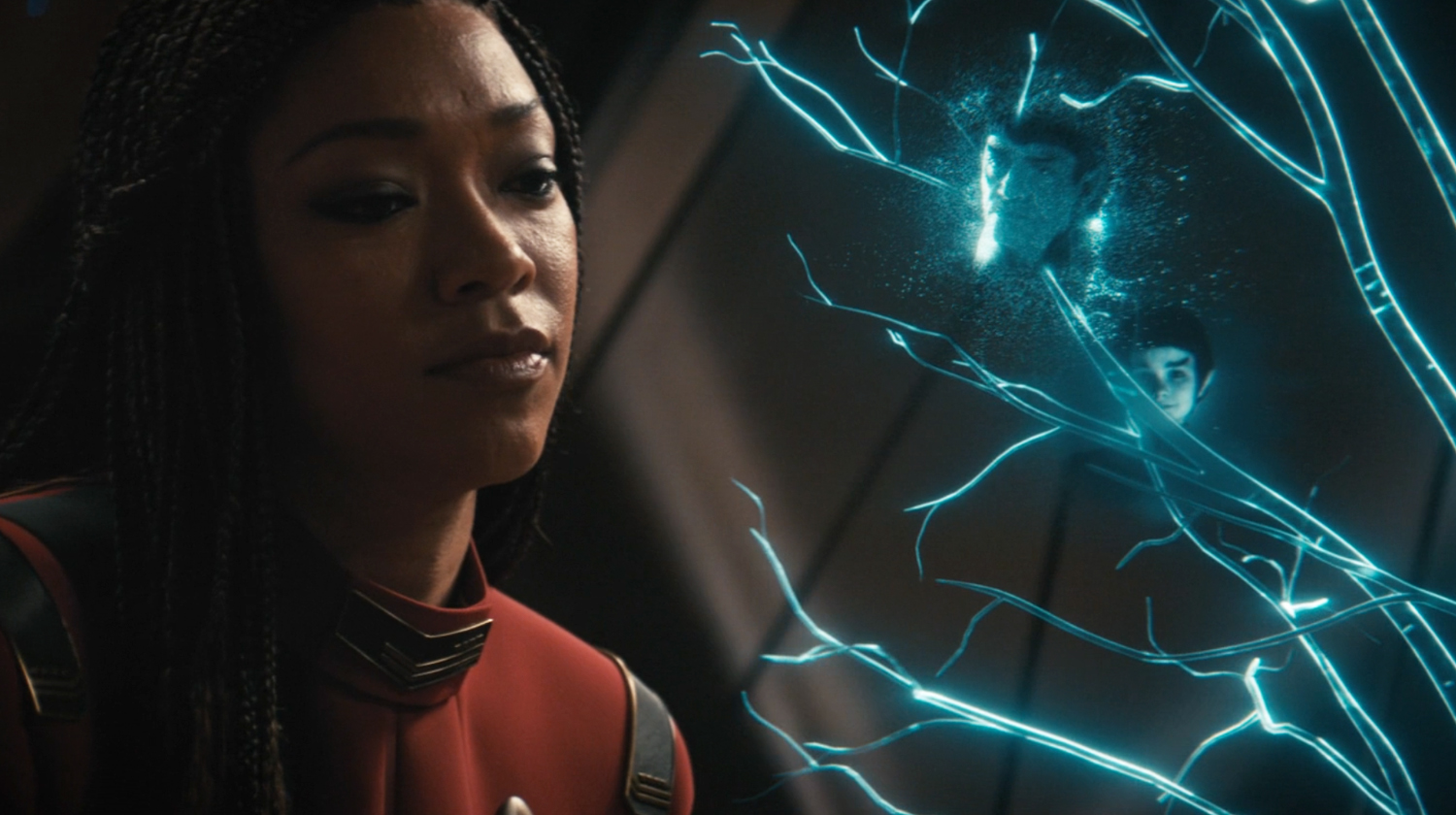
Suddenly, instead of a long, bumpy journey through the plasma barrier of the subspace rift, the ride becomes as smooth as glass. Moreover, all scans are useless as there is quite literally nothing out there; no stars, no plasma barrier, no gas clouds, no nothing. Burnham very wisely launches a DOT-23 robot drone to investigate, rather than risk a life. And her decision proves to be the right one when the drone encounters the edge of the rift and begins to disintegrate, screaming as it does so…in an unusually dark moment in "Star Trek: Discovery" worthy of a Wilhelm scream. Roll opening credits.
The crew goes through a well-conceived plan of action in order to gain answers. A photonic flare fired at the same speed with an identical trajectory as the poor drone indicates that the sub-space bubble that the Discovery is in, is collapsing. So now we have our ticking clock for this episode. Nerd note: It's refreshing that an "inverse tachyon pulse" wasn't mentioned at any point since Saru did reference the Enterprise breaching a subspace barrier earlier and we assume that was from "The Next Generation" series finale "All Good Things" (Season 7, Episodes 25 and 26).
Then we get to the most contrived portion of this episode, the new relationship between Zora (voiced by Annabelle Wallis) and Gray Tal (Ian Alexander). It's such a shame that neither Gray nor Adira (Blu del Barrio) have been given stronger, better-written parts to play. It's great to see "Star Trek" embracing a metaphoric story reflecting the journey of a very personal transformation and we've seen a lot of that, but it's not exactly subtle anymore and it's entirely possible to saturate a good thing.
Since it's topical this week, with the release of "The Matrix Resurrections," we should remind ourselves that the very first "Matrix" movie released in 1999 was a trans allegory written by two closeted trans women that contains numerous references to the trans experience. But those were indirect and intriguing, the references in "Star Trek: Discovery" aren't interesting or subtle any longer. (There's a good article on Vox about "The Matrix" and its importance to both the Wachowski sisters.)
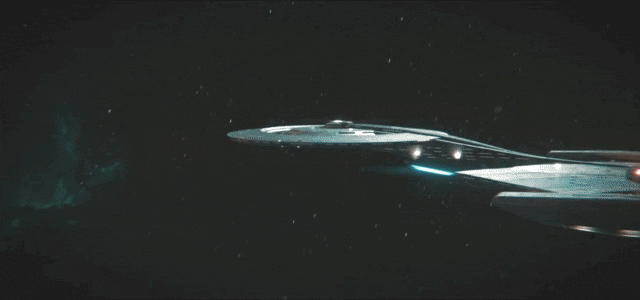
Since efforts to learn anything about the subspace void have largely failed, Burnham aborts the mission and orders a withdrawal. However, there are no reference points in space to use to navigate, so they're stuck. The team at Paramount behind this episode, be it the writers or the director, have done a good job of slowly and effectively shutting down every avenue of escape for the hapless crew of the Crossfield class starship.
Zora, whose personality expands at an exponential rate this episode, can't help and warp drive is not an option. So it's up to Book and Stamets (Anthony Rapp) to jump Discovery out using the spore drive. This doesn't go well and Book ends up on the receiving end of a plasma energy surge. This creates another fun sub-story, Book's heated argument with the hallucination of his dead father (played by Rothaford Gray) and while this trope has become a cliché over time, it's handled well and is enjoyable to watch. In fact, we're left hoping after the first hallucination, that this is in fact an episode-long sub-story and we'll see him again, which we do, of course.
Gray helps Zora focus in a scene rich in contrived dialogue and in doing so Zora is able to detect "something unusual" on the exterior hull of deck 17. And with little more than that, there's a sudden hull breach that makes no real sense except to kill poor Ensign Cortez and thus reinforce the seriousness of the Discovery's plight. And allowing the VFX team to indulge in a bit of twisted fun. The reason why it's that particular part of the Discovery's hull and why it got through the shields isn't adequately explored.
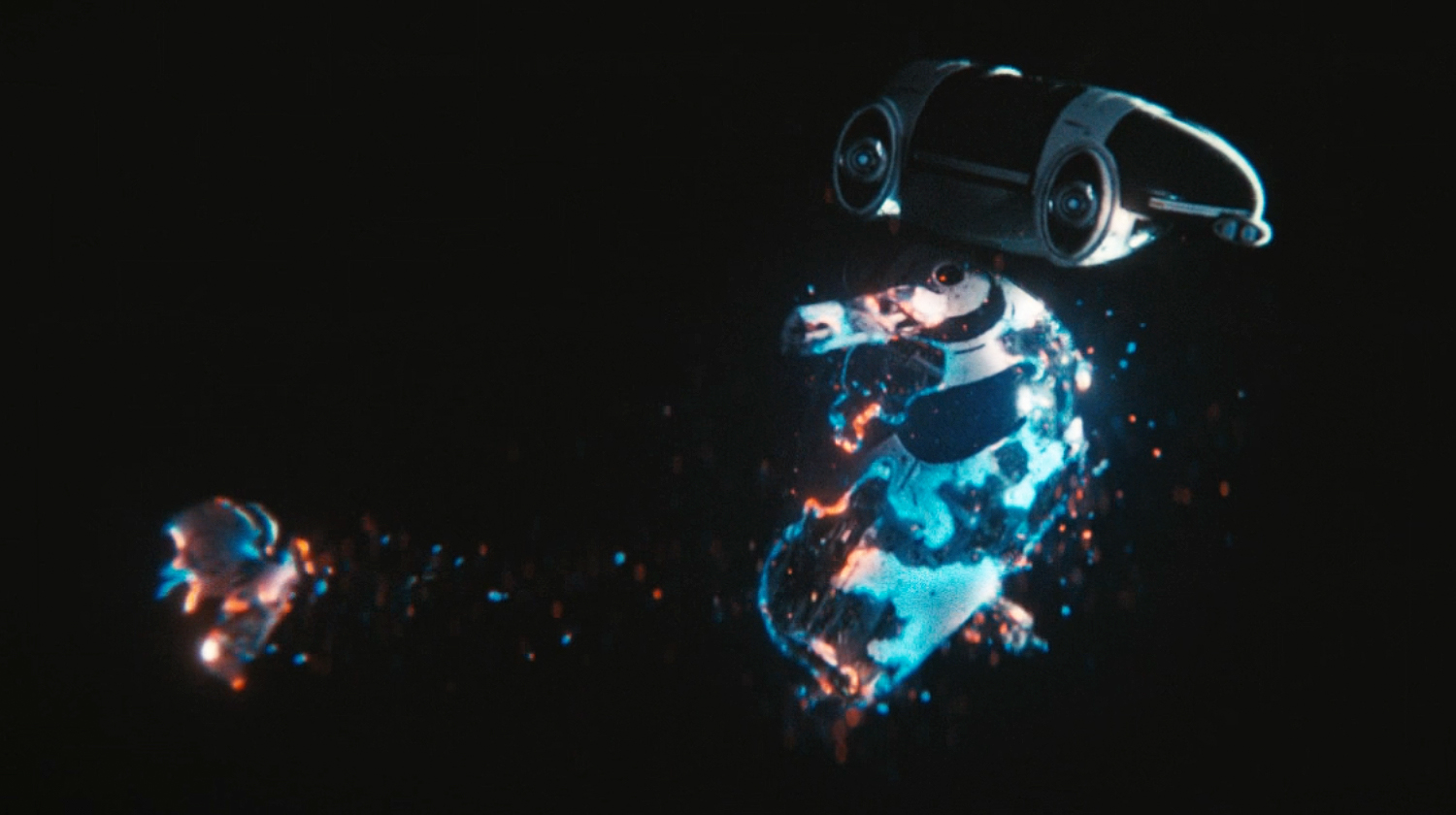
At this point Zora emerges from behind the bulkheads and introduces herself to everyone on the bridge ... and it becomes official: The USS Discovery is now a living, sentient starship, like if HAL from "2001: A Space Odyssey" had a daughter with Moya from "Farscape." And in all fairness, you have to wonder why this hasn't happened before, given what else 32nd-century technology has to offer — and that will always be a problem when you propel a science fiction show a thousand years into the future.
Book continues to argue into thin air, alarming those who happen to be standing next to or near him, with the hallucination representing his survivor guilt. And it's not just Book, Zora's having problems with guilt as well and seeks consolement from both Burnham and Gray, reaffirming her sentient lifeform status and her place now as a member of the crew.
In sickbay, Dr. Culber (Wilson Cruz) has been analyzing some unusual particles in Book's brain that may or may not be causing the hallucinations. Turns out they show evidence of having come from the edge of the galaxy and when you follow this rabbit hole to its end, it's obvious that the DMA came from outside our galaxy and so did the species that made it. Because of course.
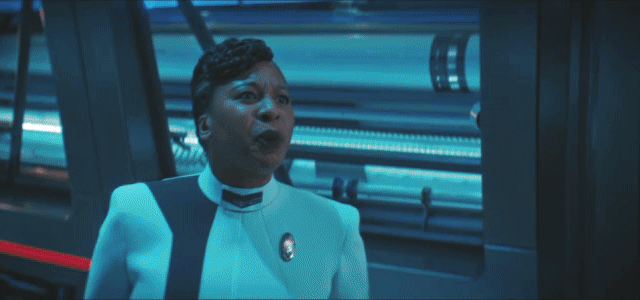
With just 10 minutes left until the shields are compromised, a plan is hatched: Detect these particles in the rift and follow them out, but to ensure the crew's safety when the shields finally fail, everyone is going to be stored in the ship's transporter pattern buffer.
Ah, the transporter buffer. That old chestnut. Despite beaming becoming a very common part of everyday life of the 32nd century, to the extent that folk use transporters instead of stairs and even to just change outfits, like we saw in the Season 4 premiere episode — but the thing is, transporters kill you.
Science Bit: The creators of "Star Trek" have never officially confirmed that transporters kill you. However, solely based on the science, transporters do kill you. In simple terms, these teleportation devices scan every molecule in your body and briefly store them in the pattern buffer, while at the same time, the original body is to all intents and purposes, disintegrated. The transporter then converts the scanned copy into energy and beams the data stream to the desired location, where the body is rebuilt, from a sub-atomic level, using technology similar to a replicator. It's comparable in principle to a fax, except this fax machine destroys the original, to prevent duplication, although that has been known to happen.
The issue is essentially an existential one. Since our bodies are made up of identifiable matter, why won't transference of consciousness occur? What makes our consciousness so unique? What's the difference between an identical copy and you? If you were to put your copy into a different room that you hadn't been into, would you be able to see it? No. It's a perfect copy, but it's not you. There is a good article on Ars Technica that really goes into detail on this.
This is just one of many reasons why "Enterprise" is my favorite series of "Star Trek," because unlike many other incarnations of chronologically-later set shows, the use of transporters is considerably less, especially as a primary plot. And they're certainly not used so casually as to replace stairs or corridors, regardless of how advanced we might we be 1,100 years from now.
The first transporter accident occurred in "The Original Series" episode "The Enemy Within" (Season 1, Episode 4) when Captain Kirk was accidentally duplicated in the transporter and something similar happened to Will Riker in "The Next Generation" episode "Second Chances" (Season 6, Episode 24). But it's the TNG episode "Relics" (Season 6, Episode 4) when Captain Montgomery Scott was discovered to be stored inside the pattern buffer of a ship that crashed on a Dyson sphere more than 75 years prior, that's perhaps more relevant.
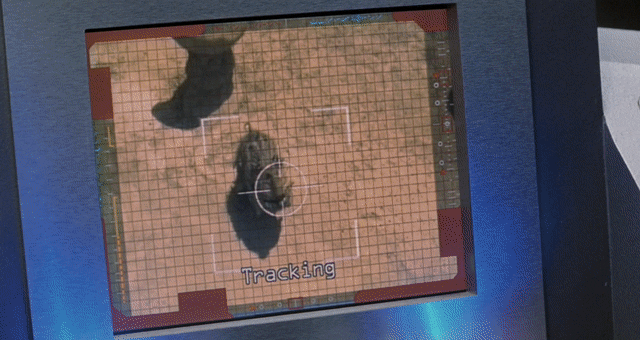
Everyone gets together in groups and holds hands, like we used to do at kindergarten, before they all get scanned, disintegrated and stored on a computer they hope runs on something more advanced than El Capitan. Burnham elects to stay with her ship and Zora.
Book resolves probably more with himself than with his hallucination, and the final scene as he wishes his dead father a happy birthday is quite touching. Another touching moment quickly follows as Book races to say goodbye to Burnham before he gets diced into a million pieces and she faces the full fire and fury of the subspace rift.
The final act sets up the tension nicely as we see interior shots of Discovery's deserted corridors, totally devoid of anyone or any activity as Zora has shut down the starship's life support and Burnham readies herself on the bridge with nothing but an environment suit to protect her. The scene may or may not be an intentional nod to the epic 1980 sci-fi adaptation of "Flash Gordon" but I for one, would far rather be listening to the power chords of Brian May and the "Flash Gordon" soundtrack flying a starship through a perilous field of flames on a potential suicide mission ... than a super soft, vocal version of the 1933 torch song "Stormy Weather."
Practical Exercise: Rewatch the scene where Burnham is on the bridge, which is ablaze as the Discovery hurtles like a comet through the subspace barrier ... and listen to this. Tell me you wouldn't be shouting at Zora to dial the volume up to 11.
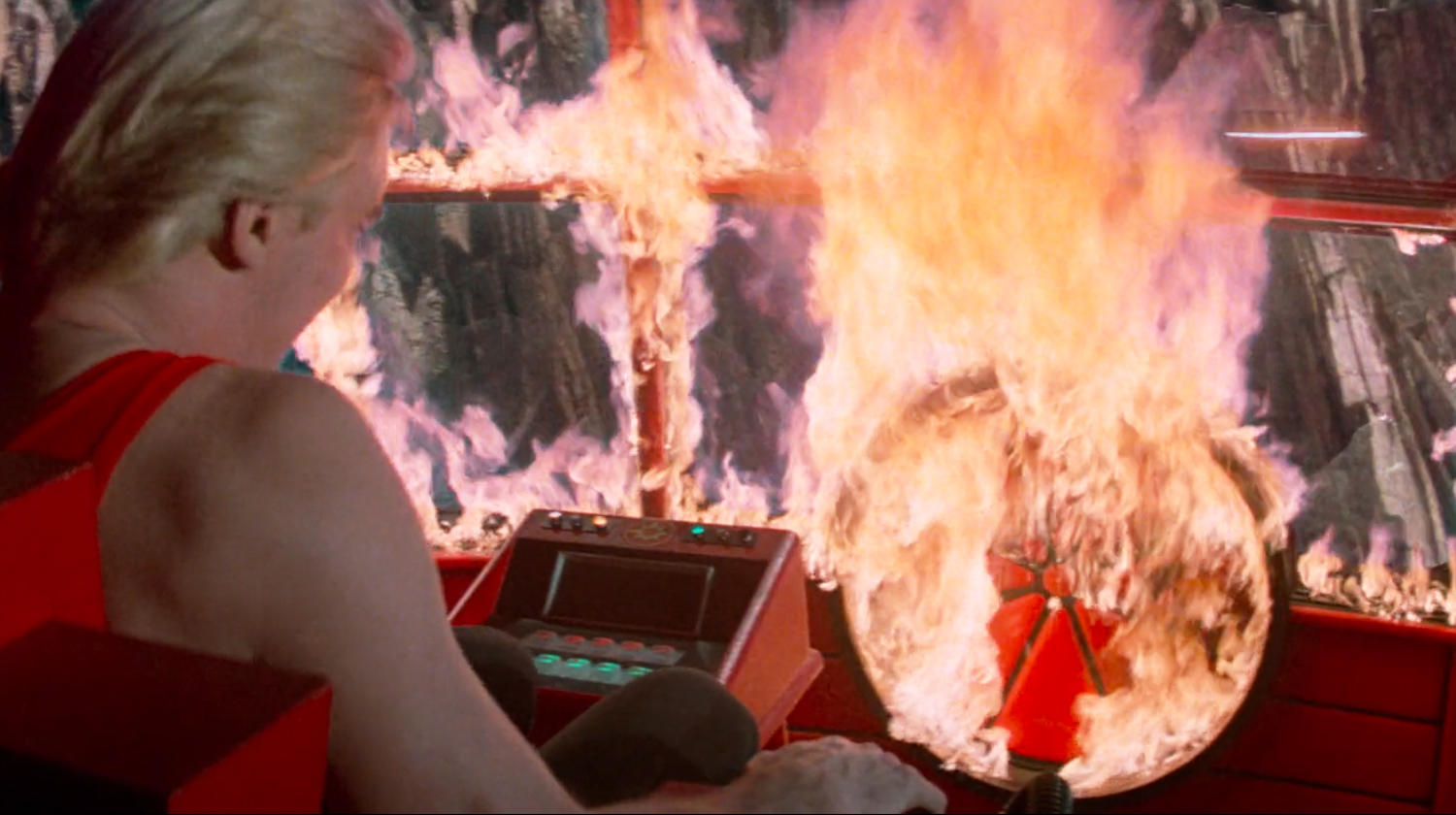
Burnham eventually awakes in sickbay as Zora and safely beamed everyone out of the transport buffer. Back at Federation HQ, Saru has an interesting conversation with Book as they watch the Discovery being repaired in spacedock. Saru even remarks on how quickly programmable matter is making the repairs, just to nicely set us up for next week's episode. Book also remarks on his own anger as a result of his recent experience, potentially setting up a "forgiveness" element to the plot in case the DMA turns out to be accidental or an unintentional by-product of something, just like the deaths of millions were accidentally caused by a cranky Kelpien on a planet made of dilithium.
No sign of Ruon Tarka this week, will he pop up again in the next five episodes? Hopefully, it will be slightly more fulfilling than Zareh's last-minute reappearance last season.
Yes, this episode is good (apart from one bit) — in fact, it's the best so far this season — but I still feel bruised from being bumped around so much with so many different styles of episodes. There are a lot of twists and turns in this installment, but it keeps you on your toes and the action, as substantial as it is, is evenly spread throughout. Zora has been fully fleshed out, so perhaps we are still destined for some sort of potential future we saw in the "Short Trek" episode "Calypso" after all. The only minor grumble about her growth spurt this week is that she seems to struggle with some basic things but then has absolutely no problem interpreting a complex mix of tone, facial expression and non-verbal methods of communication.
Weekend on Rigel II ✓
- The "tree of life" link to last week's episode is a very nice touch
- Everybody's character is explored a little more in this episode
- Robot and crewmember deaths are dark!
- Nothing like a good old-fashioned ridiculous escape plot, brilliant
- Lots of great action that is effectively and evenly spread out
Imprisoned on Rura Penthe ✗
- Zora sometimes struggles with basic stuff, but can easily interpret NVC
- There are no wires in the 32nd century..?
- No sign of Ruon Tarka this week
- Missed opportunity to play the "Flash Gordon" soundtrack by Queen
- Adira and Gray just aren't being fully utilized
Rating: 6.5/10
The first six episodes of Season 4 of "Star Trek: Discovery" are available to watch now and subsequent installments will drop every Thursday on Paramount+ in the US and CTV Sci-Fi or Crave TV in Canada. Countries outside of North America can watch on the Pluto TV Sci-Fi channel.
Paramount announced on Twitter today (Dec. 23) that "Star Trek: Discovery" will be taking a mid-season break after next week, with the mid-season finale dropping on Thursday, Dec, 30. The season will then return with new episodes, starting with Episode 8, on Feb. 10, 2022. That's a break of six weeks!
Follow Scott Snowden on Twitter. Follow us on Twitter @Spacedotcom and on Facebook.
Join our Space Forums to keep talking space on the latest missions, night sky and more! And if you have a news tip, correction or comment, let us know at: community@space.com.
When Scott's application to the NASA astronaut training program was turned down, he was naturally upset...as any 6-year-old boy would be. He chose instead to write as much as he possibly could about science, technology and space exploration. He graduated from The University of Coventry and received his training on Fleet Street in London. He still hopes to be the first journalist in space.










